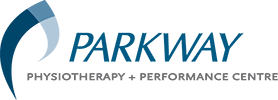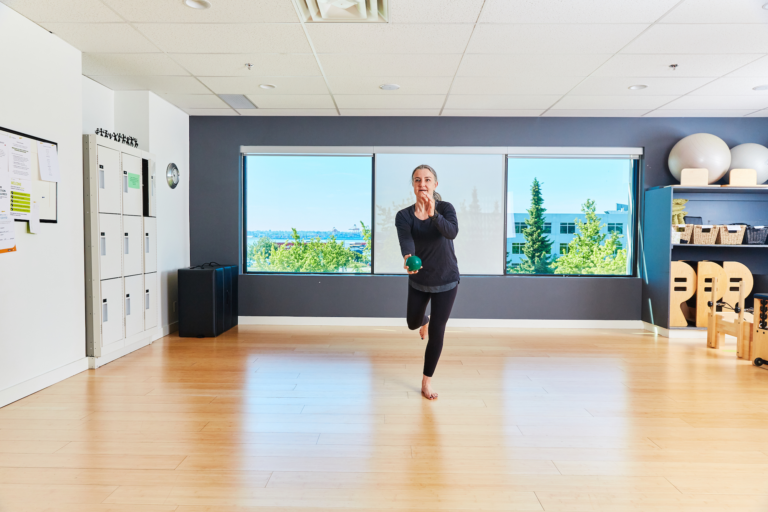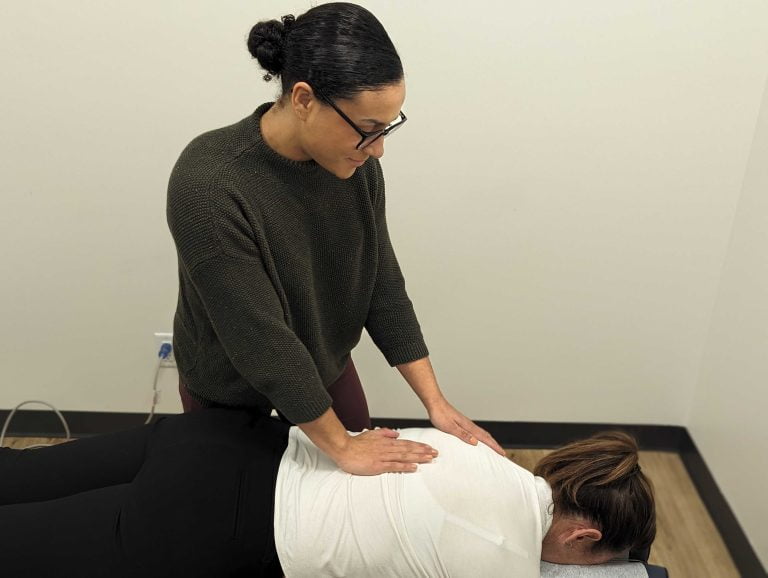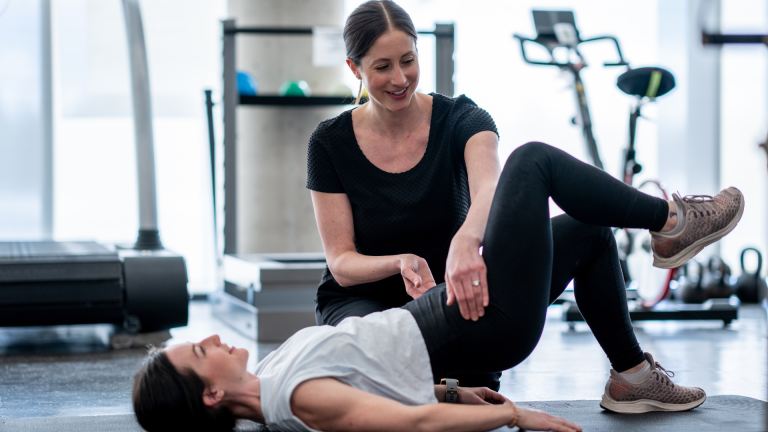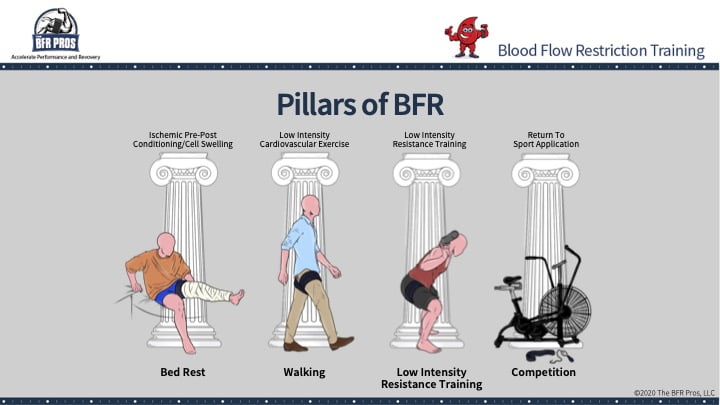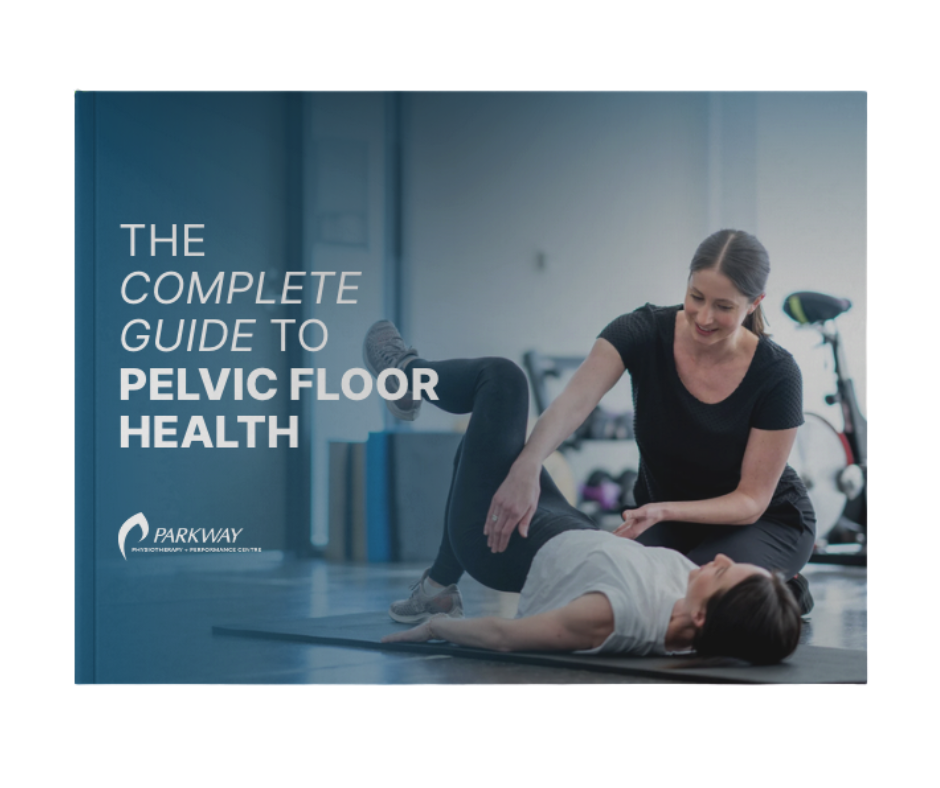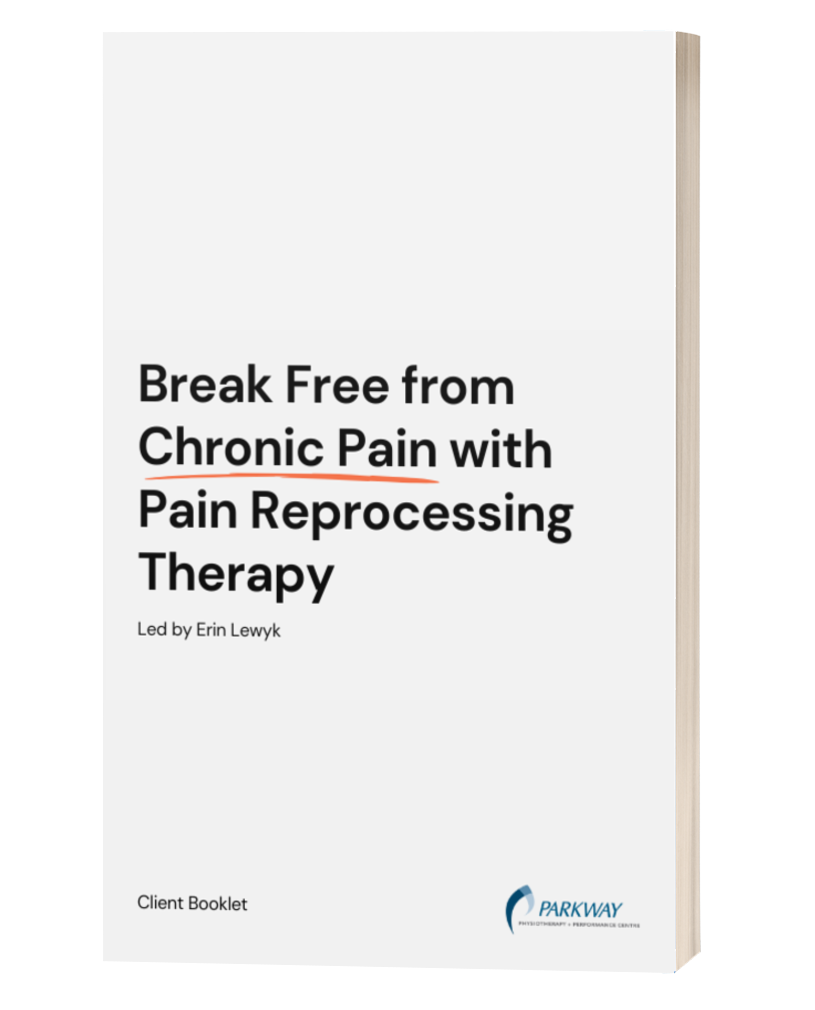Does your jaw sometimes feel like it moves too far? Do you experience frequent clicking, popping, or even a sensation of your jaw “getting stuck” open during a big yawn or bite? These are classic signs of TMJ Hypermobility, where the jaw joint moves beyond its normal range. While often not painful initially, it can lead to instability, discomfort, and even full dislocations. Specialized physiotherapy offers a crucial solution by teaching you how to stabilize your jaw and control its excessive movement.
Perhaps you have several areas of your body that feel as if they move too far as well? Our team at Parkway Physiotherapy will use a series of simple tests that lead to a number that is called your Beighton Score. Based on this you may find that you have a broader diagnosis called hypermobility syndrome. If this is the case then collaborative care with your doctors and physiotherapists together will be of the most benefit for you.
Phase 1: Chill – Understanding & Protecting Your Jaw 🧊
With hypermobility, the joint itself might not be inflamed initially, but the surrounding muscles can become fatigued or irritated from trying to stabilize an overly mobile joint. The “Chill” phase focuses on awareness, protecting your jaw from overstretching, and calming any secondary muscle irritation.
Physio Approach:
- Patient Education: Understanding what hypermobility means for your TMJ and why it leads to certain sensations or “stuck” episodes.
- Jaw Protection Techniques: Learning conscious strategies to prevent over-opening, such as “resting position” for your tongue and jaw, using your tongue position to retrain jaw movement patterns, or placing your fist under your chin when yawning.
- Soft Diet Modification: Temporarily reducing chewing resistance to lessen the workload on stabilizing muscles.
- Awareness of Habits: Identifying and avoiding habits that encourage wide opening or strain the jaw, like gum chewing or resting your chin on your hand.
- Gentle Muscle Relaxation: If surrounding muscles are tense from overwork, your physiotherapist may use gentle manual techniques to encourage relaxation. If we’ve said it once we’ve said it a million times that almost all our patients with muscle tension and guarding will also have some upper neck issues. A comprehensive approach to your TMJ typically includes a treatment plan that includes your neck.
- Why it Works (Evidence): Patient education and modification of daily activities are cornerstone conservative treatments for TMJ hypermobility. A review in the Journal of Oral & Facial Pain and Headache highlights the importance of such advice in managing these conditions. [1]
Phase 2: Build – Strengthening & Neuromuscular Control 💪
Once you’ve mastered protective strategies, the “Build” phase is dedicated to strengthening the muscles around your jaw and, critically, improving their coordination (neuromuscular control). The goal is to create an internal “brace” of muscle strength and control that limits excessive movement and prevents dislocation.
Physio Approach:
- Jaw Stabilization Exercises: Specific isometric exercises are key here. You’ll learn to gently contract your jaw muscles without moving the joint, which helps to build strength and endurance in the stabilizing muscles.
- Controlled Opening Techniques: Your physiotherapist will teach you how to use your muscles as “brakes” to control the speed and range of your jaw’s movement, preventing it from going too far.
- Neuromuscular Re-education: Training the muscles to work synergistically to maintain the jaw in a stable position throughout all movements, from chewing to speaking.
- Postural Strengthening: Continued exercises for the neck and upper back are essential, as good posture helps to align the head and jaw, reducing stress on the TMJ.
- Why it Works (Evidence): A study in the Journal of Oral Rehabilitation found that patients with hypermobility who received physiotherapy focused on muscle training and stabilization exercises showed significant improvements in jaw stability and a reduction in subluxation episodes. [2] Strengthening the muscles provides the active support the joint needs.
Phase 3: Bridge – Confident Function & Prevention 🚀
The “Bridge” phase is about empowering you to live life with confidence, knowing you have the tools to manage your hypermobility. Pain should be minimal, and the risk of dislocation should be significantly reduced.
Physio Approach:
- Maintenance Exercise Program: You’ll have a robust home exercise program to continue strengthening and maintaining your jaw’s stability.
- Long-Term Habit Modification: Solidifying the habits of controlled movement and avoiding excessive opening, making them second nature.
- Gradual Return to Challenging Foods: Reintroducing harder or chewier foods with a focus on proper chewing mechanics to ensure stability.
- Stress Management: Since stress can lead to muscle tension that impacts jaw control, you’ll work on long-term strategies to manage it effectively.
- Why it Works (Evidence): For chronic conditions like hypermobility, patient education and a strong self-management component are key to long-term success. A review article in Cranio: The Journal of Craniomandibular Practice emphasizes that a combined approach of education, exercise, and splint therapy (if needed) is effective in managing TMJ hypermobility, with a strong focus on the patient’s role in maintaining outcomes. [3]
Don’t let an overly mobile jaw cause you anxiety. With specialized TMJ physiotherapy, you can learn to control your jaw, reduce instability, and confidently enjoy every aspect of your life without fear of popping or locking.
At Parkway Physiotherapy Tuscany Village our physiotherapist Kristin Looby will help you at each stage of your TMJ hypermobility journey.
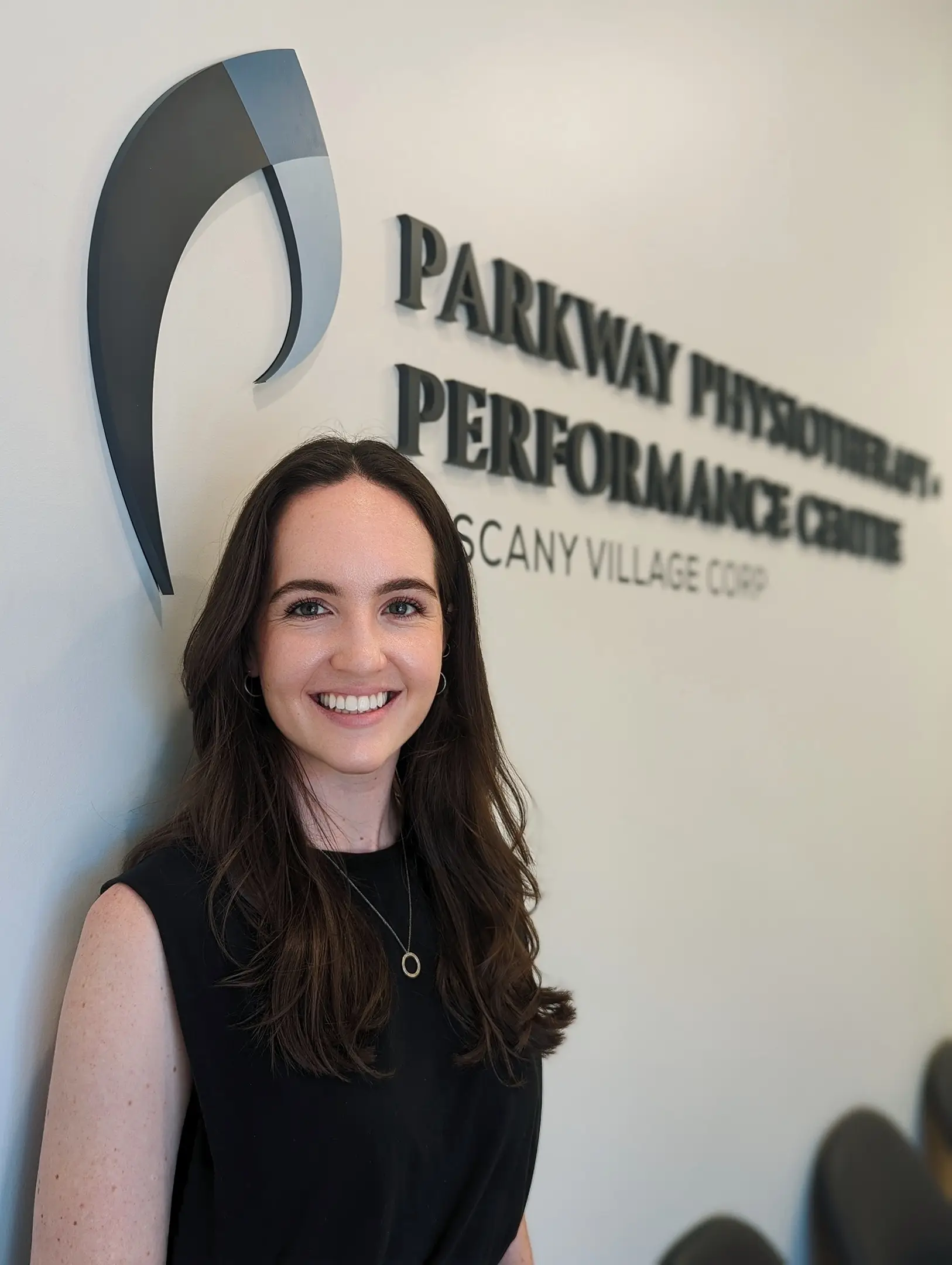
Written and reviewed by Kristin Looby, MPT
Published on September 25, 2025
Last updated on September 25, 2025
Book Directly in with Kristin: https://parkwayphysiotuscanyvillage.janeapp.com/#/tmj-temporomandibular-jaw
References:
[1] Armijo-Olivo, S., et al. (2016). Effectiveness of Physical Therapy Interventions for Temporomandibular Disorders: A Systematic Review. Journal of Oral & Facial Pain and Headache, 30(2), 115-128.
[2] Lores-Moya, J., et al. (2020). Physiotherapy and Exercise for Temporomandibular Joint Hypermobility: A Systematic Review. Journal of Oral Rehabilitation, 47(11), 1362-1372.
[3] Manfredini, D., et al. (2012). Conservative management of temporomandibular joint hypermobility. Cranio: The Journal of Craniomandibular Practice, 30(3), 223-231.
